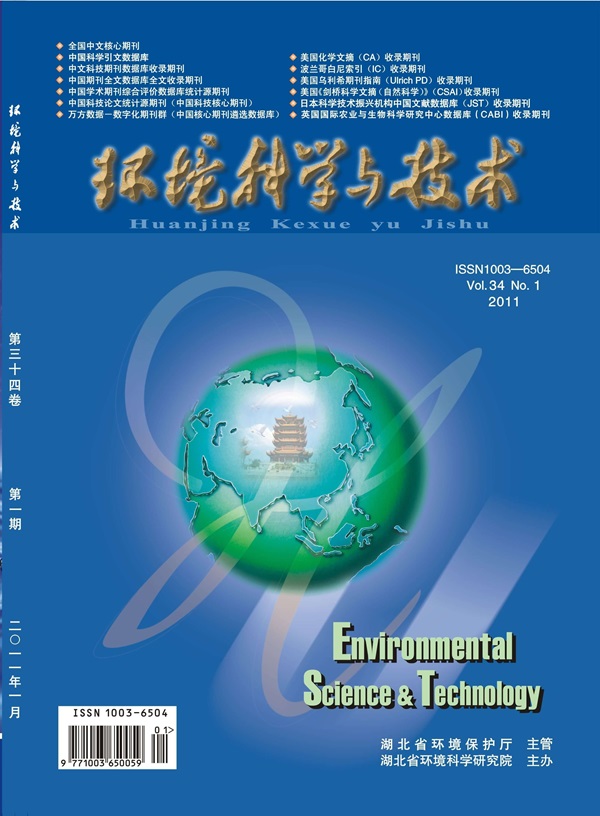Copter-Type UAV-Based Sensing in Atmospheric Chemistry: Recent Advances, Applications, and Future Perspectives.
IF 11.3
1区 环境科学与生态学
Q1 ENGINEERING, ENVIRONMENTAL
引用次数: 0
Abstract
Copter-type unmanned aerial vehicles (UAVs) have emerged as cutting-edge platforms for environmental research, offering rapid and cost-effective solutions for atmospheric sensing and sampling. This review highlights recent advancements and explores future prospects for their application in atmospheric chemistry. The UAV-based techniques have demonstrated excellent capabilities in characterizing the spatial distribution of gaseous pollutants using both real-time, low-cost sensors, and offline analytical methods. These platforms have also proven effective in profiling the physicochemical properties of airborne particulate matter, providing insights into its sources, chemical transformation, and environmental and climate impacts. In regard to the applications, this review underscores the diverse roles of UAVs related to atmospheric chemistry, including emission characterization (e.g., forest volatile and bioaerosol emissions), hazard assessment (e.g., wildfire and volcanic plume monitoring), and meteorology and climate research (e.g., aerosol-cloud interactions). The review also addresses key challenges in current UAV techniques, such as payload and battery limitations, regulatory constraints, propeller-induced disturbances, and explores emerging directions, such as UAVs in biosphere-atmosphere interactions and indoor air quality monitoring. Overall, UAVs are reshaping atmospheric chemistry research by providing high-resolution spatial data sets that complement traditional methods. These advancements further enhance our understanding of atmospheric processes and facilitate the development of precise and adaptable environmental monitoring strategies.基于无人机的大气化学传感:最新进展、应用和未来展望。
直升机型无人机(uav)已经成为环境研究的前沿平台,为大气传感和采样提供了快速和经济的解决方案。本文综述了近年来的研究进展,并对其在大气化学中的应用前景进行了展望。基于无人机的技术在利用实时、低成本传感器和离线分析方法表征气体污染物的空间分布方面表现出了出色的能力。这些平台在分析空气中颗粒物的物理化学特性方面也被证明是有效的,可以深入了解其来源、化学转化以及对环境和气候的影响。在应用方面,本综述强调了无人机在大气化学方面的不同作用,包括排放表征(例如,森林挥发性物质和生物气溶胶排放),危害评估(例如,野火和火山羽流监测)以及气象和气候研究(例如,气溶胶-云相互作用)。该综述还解决了当前无人机技术中的关键挑战,如有效载荷和电池限制、监管约束、螺旋桨引起的干扰,并探索了新兴方向,如生物圈-大气相互作用和室内空气质量监测中的无人机。总的来说,无人机通过提供高分辨率空间数据集来补充传统方法,正在重塑大气化学研究。这些进步进一步增强了我们对大气过程的理解,并促进了精确和适应性强的环境监测策略的发展。
本文章由计算机程序翻译,如有差异,请以英文原文为准。
求助全文
约1分钟内获得全文
求助全文
来源期刊

环境科学与技术
环境科学-工程:环境
CiteScore
17.50
自引率
9.60%
发文量
12359
审稿时长
2.8 months
期刊介绍:
Environmental Science & Technology (ES&T) is a co-sponsored academic and technical magazine by the Hubei Provincial Environmental Protection Bureau and the Hubei Provincial Academy of Environmental Sciences.
Environmental Science & Technology (ES&T) holds the status of Chinese core journals, scientific papers source journals of China, Chinese Science Citation Database source journals, and Chinese Academic Journal Comprehensive Evaluation Database source journals. This publication focuses on the academic field of environmental protection, featuring articles related to environmental protection and technical advancements.
 求助内容:
求助内容: 应助结果提醒方式:
应助结果提醒方式:


